Rethinking global health R&D: a system under pressure, time for reform
By Impact Global Health 20 October 2025
Introduction
At a closed-door dialogue on the sidelines of the World Health Summit in Berlin in October 2025, senior representatives from government, philanthropy, academia, the private sector, and civil society came together to consider one central question:
How can we build a more resilient, equitable, and effective global health R&D ecosystem?
A system under strain, but ripe for renewal
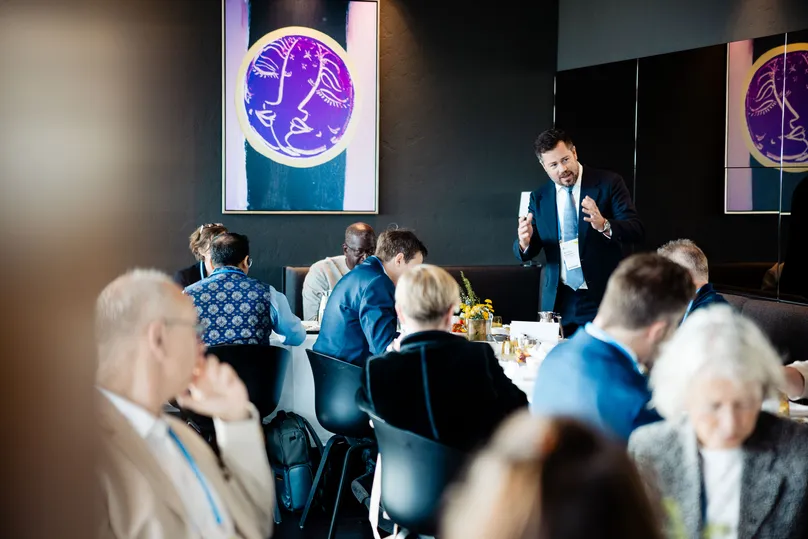
Participants acknowledged that the global health R&D system is under unprecedented strain. Long-standing public funders are scaling back, major programmes are closing, and political headwinds are reshaping global priorities. Industry partners, too, are pulling back from areas perceived as high-risk or low-return, reflecting both market uncertainty and structural inefficiencies.
Yet there was shared recognition that this moment of disruption also presents an opportunity to reshape the system for the better. With the right incentives, governance models and financing mechanisms, it is possible to build an ecosystem that can withstand future shocks and deliver innovation that truly reflects global needs. The group agreed that what is required now is not incremental adjustment but systemic reform across the various global, regional and domestic levels, anchored in new ways of thinking about leadership, financing and collaboration.
Re-engaging industry through market shaping
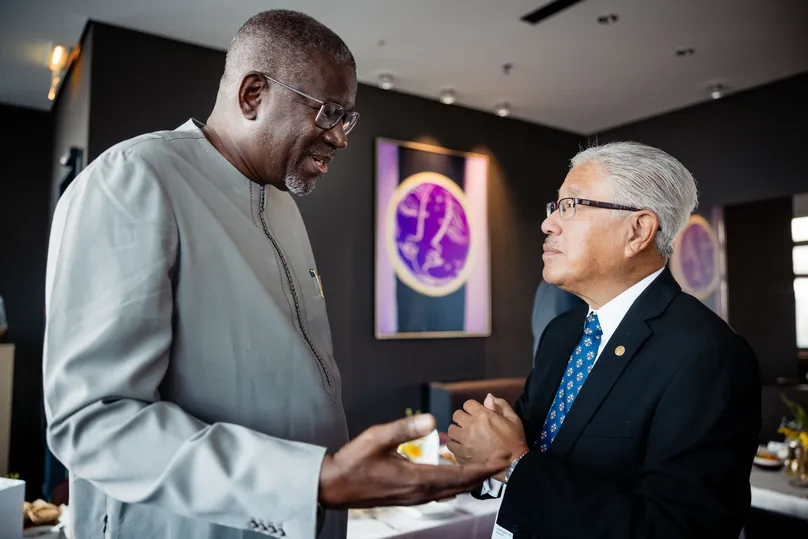
Participants discussed the need to re-engage the private sector. While global health innovation has historically relied on – and must in the future still involve – a combination of public funding and industry participation, industry participation is decreasing. It was observed that companies face complex regulatory environments, fragmented markets and unpredictable demand. Without deliberate market-shaping and predictable pathways to return on investment, corporate partners will continue to hesitate. Market shaping needs to consider the R&D to access continuum to ensure efficient development and significant access and uptake once the innovations have been approved.
Participants stressed that creating clear investment signals, for example through pooled procurement, advanced market commitments, or blended finance instruments, could be key to creating incentives to bringing industry back to the table. Doing so requires a coherent vision for the market itself: one that demonstrates the economic, health and societal returns of investing in global health R&D. This sits alongside the need to invest in basic research and research infrastructure upstream to keep the innovation pipeline healthy.
Building capacity and ownership in LMICs
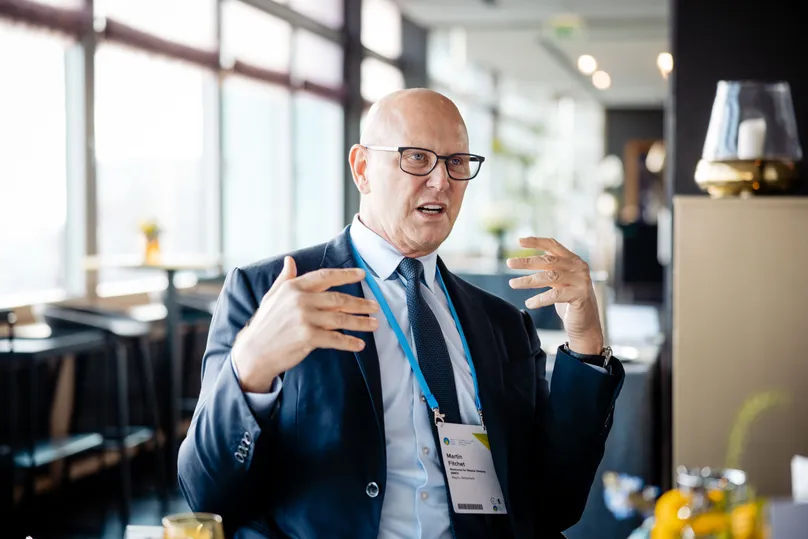
A central thread throughout the discussion was the need to strengthen R&D infrastructure and capability in low- and middle-income countries (LMICs). Participants noted the growth of regional developers and research institutions, particularly in Africa, yet also recognised that these actors still operate within an ecosystem designed elsewhere.
There was broad agreement that sustainable innovation cannot be achieved without local manufacturing capacity, robust research infrastructure, and health systems able both to deliver and to generate innovation. Participants highlighted the importance of blended financing and domestic investment to enable this shift. Building a locally led R&D sector, they noted, would not only improve health outcomes but also drive economic growth and create the demand-side “pull” that sustains innovation.
Shared leadership in practice
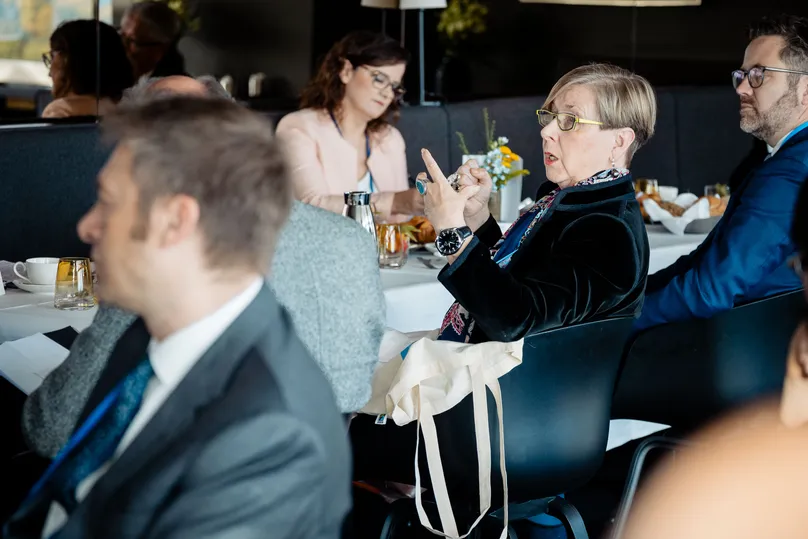
Examples of successful collaboration and shared leadership were raised throughout the dialogue. The European & Developing Countries Clinical Trials Partnership (EDCTP) was cited as a model of equitable partnership, combining African and European leadership, funding and governance to deliver joint priority setting and co-ownership of outcomes. Such approaches, participants agreed, show how regional leadership can be embedded from the outset, ensuring that research serves shared interests and builds enduring capacity.
Participants also pointed to emerging country-led initiatives, such as domestic resource mobilisation in West Africa and regional manufacturing partnerships, as evidence that political will for locally owned solutions already exists. The challenge is to connect and scale these efforts through systemic alignment and sustained investment.
Governance, efficiency and shared accountability

Beyond financing, participants underlined the need for governance reform. The current system, they noted, is characterised by overlapping mandates, slow decision-making, and unclear accountability. Stronger governance is essential to clarify ownership and responsibility across institutions, to streamline processes, and to enable timely, informed decisions.
There was consensus that boards, governing bodies and multilateral institutions must evolve to better reflect regional diversity, national leadership and shared accountability. Examples of this in practice were shared such as the governance at CEPI, EDCTP, Lassa Fever Coalition and others. Systemic thinking, focused on reducing duplication, harmonising processes and improving efficiency, was seen as critical to accelerating innovation and ensuring that resources are used effectively.
From "donor support" to "investment cases"
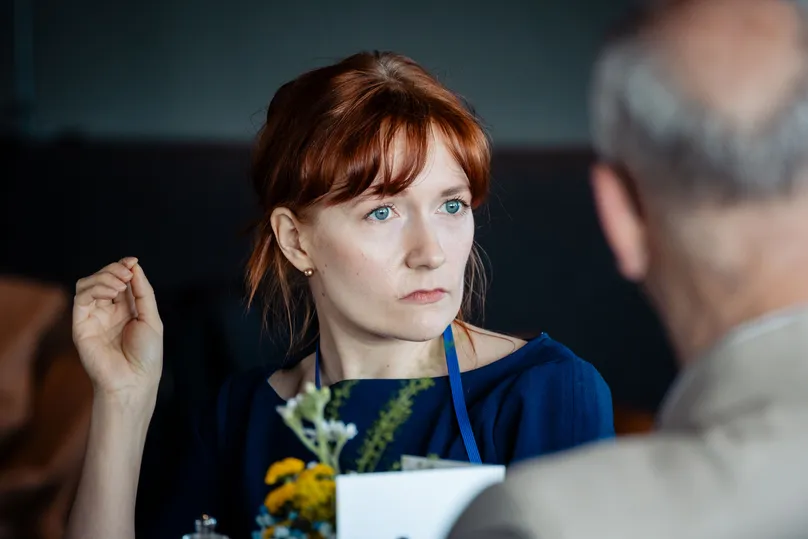
A shift in framing emerged across the dialogue: the global health R&D community must move away from a “donor-recipient” mindset and language towards an investment-case approach. In this model, financing proposals are positioned as strategic investments with defined returns and diverse risk profiles measured through different outcomes such as health impact, economic productivity, or system resilience.
Participants emphasised that future investment cases must be built on well-costed strategic plans with clear endpoints: what impact will be delivered, how it will be achieved, and how success will be measured. Identifying growth areas, removing inefficiencies and leveraging technology were all seen as central to strengthening the value proposition for investors and policymakers alike.
Building trust and connecting with new audiences

The discussion also highlighted the growing impact of misinformation and public distrust on the health innovation landscape. Participants observed that misinformation now influences political decision-making and shapes the environment in which funders and regulators operate. Addressing this requires not only better data and transparency, but also more effective engagement with the public.
Reaching new audiences, particularly through platforms such as TikTok and other social media channels, was discussed. By communicating science and health impact in relatable, accessible ways, the sector can help rebuild public confidence and influence the voters whose choices ultimately guide government policy and funding.
Towards a more resilient, equitable future

In closing, participants converged around a shared vision: a global health R&D ecosystem that is locally led, globally connected, and systemically efficient. One that replaces fragmented initiatives with coherent investment, aligns incentives across sectors, and builds durable institutions capable of delivering innovation for generations to come.
Across all perspectives, there was broad recognition that the system is under strain but also that this moment offers an opportunity for reform. The dialogue underscored the urgency of moving from short-term fixes to systemic, long-term change. Through smarter financing, stronger governance, and locally led collaboration, participants envisioned an R&D ecosystem capable of delivering both health impact and economic resilience.
Table of contents
- Introduction
- A system under strain, but ripe for renewal
- Re-engaging industry through market shaping
- Building capacity and ownership in LMICs
- Shared leadership in practice
- Governance, efficiency and shared accountability
- From "donor support" to "investment cases"
- Building trust and connecting with new audiences
- Towards a more resilient, equitable future